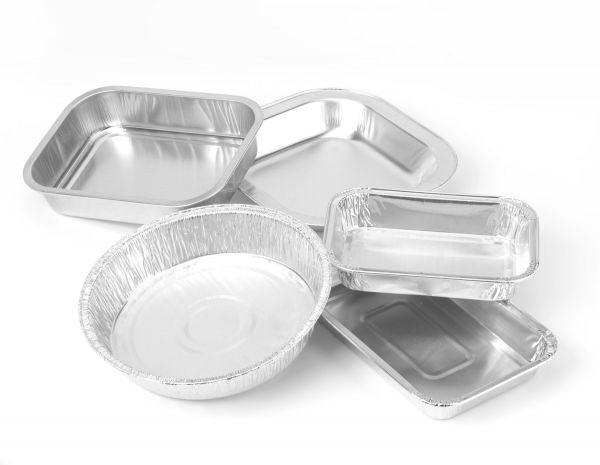From my point of view – wrong. Here the BfR has approached the issue from completely the wrong direction, using not the coated aluminium trays that are specifically available and recommended for acidic foodstuffs, but instead has deliberately used uncoated trays, thus arriving at a result that is ultimately irrelevant.
Yes, this is my firm impression. They even confirm this in their publication, which states that the trays that the BfR used in these tests bore a warning that they should not be used for acidic foodstuffs. For the tests, the BfR filled the trays with strongly acidic foodstuffs all the same, so it’s not surprising that they found high concentrations of aluminium in the foods.
I can’t exclude the possibility that such materials are improperly used in individual cases, but you can’t simply declare that such mistakes are an everyday occurrence like the BfR does. For this to happen would mean that all the professionals and experts who are properly trained in working in institutional canteens ignore the warnings and don’t make proper use of the knowledge they have. That’s wrong in my opinion.
They reflect a very, very unusual exceptional case and as such can’t be extrapolated to the normal conditions under which German consumers prepare their meals.
The tests are based on the assumption is that the aluminium trays – the venyl trays, which are not coated – are used in the wrong way, improperly. That’s one aspect. The other is that strongly acidic foods are prepared in a cook-and-chill process and then must be kept warm for a further two hours. This keep-warm stage is very important for the transfer of aluminium, since this is the only stage where aluminium is actually released. And, what’s more, these factors must all occur at one and the same time to achieve aluminium results as high as the ones that the BfR measured.


